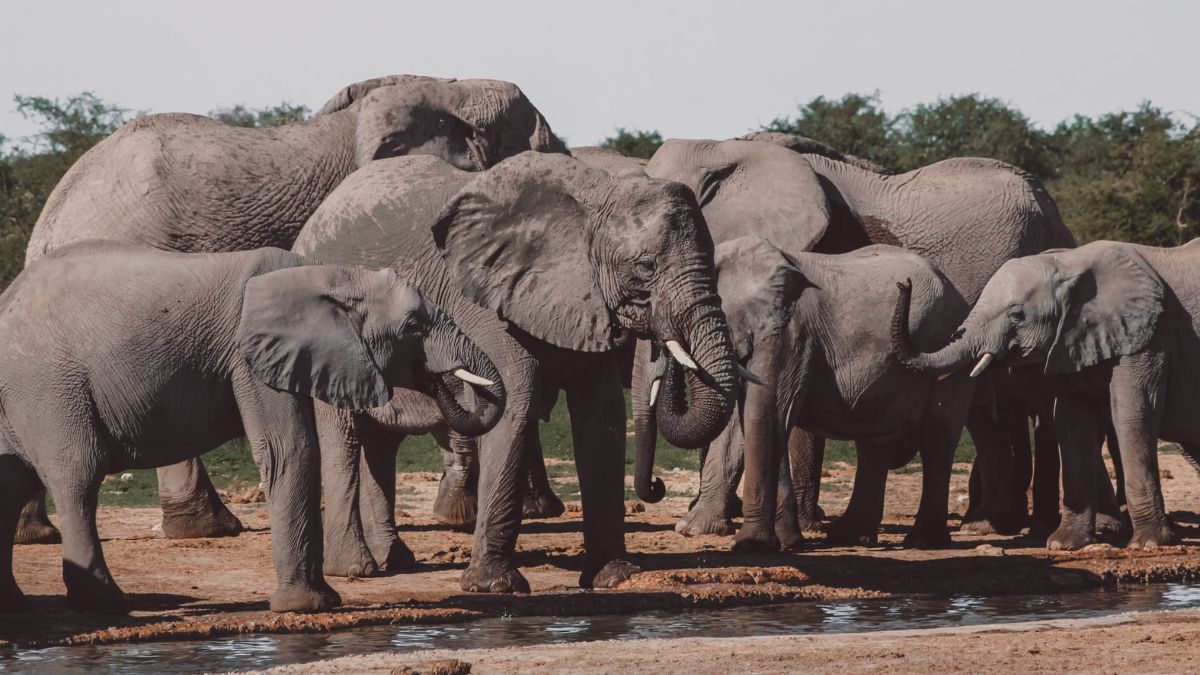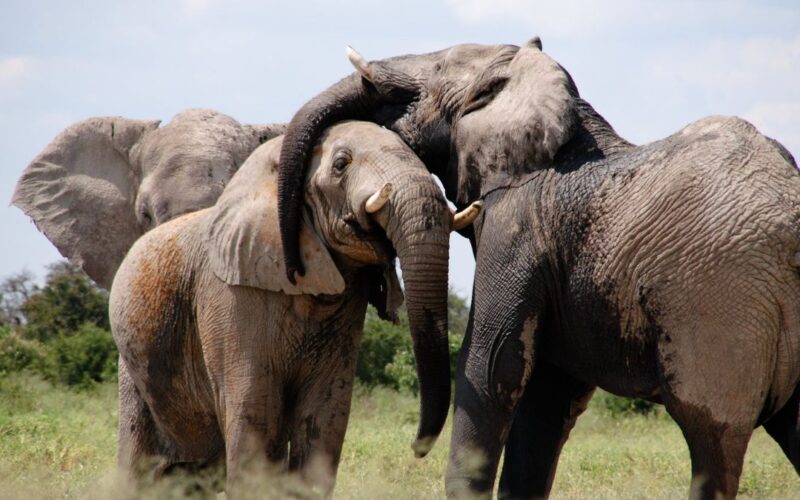Elephants, among the most iconic and awe-inspiring creatures on Earth, harbor a wealth of remarkable traits and behaviors that captivate both scientists and enthusiasts alike. Here, we delve into 10 intriguing facets of these gentle giants, exploring their size, social dynamics, intelligence, and ecological significance.
Largest Land Animals
Elephants, specifically African elephants (Loxodonta africana) and Asian elephants (Elephas maximus), hold the distinction of being the largest terrestrial mammals. African elephants, towering at up to 13 feet and weighing around 12,000 pounds, overshadow their Asian counterparts, which stand at about 9 feet tall and weigh approximately 8,000 pounds.
Complex Social Structure
Their societies revolve around tight-knit herds led by a matriarch, the oldest and most experienced female. Within these herds, intricate relationships and familial bonds thrive, fostering cooperation, communication, and communal care for the young.
Remarkable Intelligence
Elephants possess extraordinary intelligence. Studies have demonstrated their ability to problem-solve, exhibit self-awareness, and display empathy. Their cognitive capacity allows for sophisticated memory retention, enabling recognition of individuals and past locations even after extended periods.
Unparalleled Memory
The elephant’s memory is legendary. Their recollection spans years, allowing them to recall locations of water sources and navigate vast territories with precision. Additionally, elephants exhibit mourning behaviors, suggesting emotional intelligence and deep social connections.
Extended Gestation Period
Pregnancy in elephants is a testament to patience. Lasting an astonishing 22 months, the gestation period of an elephant is the longest among land mammals, leading to a strong maternal bond between mother and calf.

Diverse Communication
Their communication is multifaceted, utilizing a variety of vocalizations, such as trumpets, rumbles, and roars, along with body language, gestures, and infrasound. These methods convey emotions, warnings, and social cues over considerable distances.
Herbivorous Appetite
Elephants are voracious herbivores, consuming an impressive 300 pounds of vegetation daily. Their diet comprises grasses, leaves, fruits, and bark, with their continuous foraging shaping ecosystems.
Adaptable Trunk Abilities
The trunk, an incredible adaptation, serves as an all-in-one tool for breathing, drinking, grasping objects, communicating, and exhibiting affection, owing to its flexibility and sensitivity.
Ecosystem Architects
Their movements and feeding behaviors influence ecosystems profoundly. Elephants contribute to the creation of habitats that benefit numerous species by creating water sources and shaping landscapes.
Conservation Challenges
Despite their cultural significance and ecological role, elephants face severe threats such as habitat loss, poaching for ivory, human-elephant conflict, and captivity concerns. Conservation efforts are essential to safeguard these majestic creatures and preserve their habitats.










